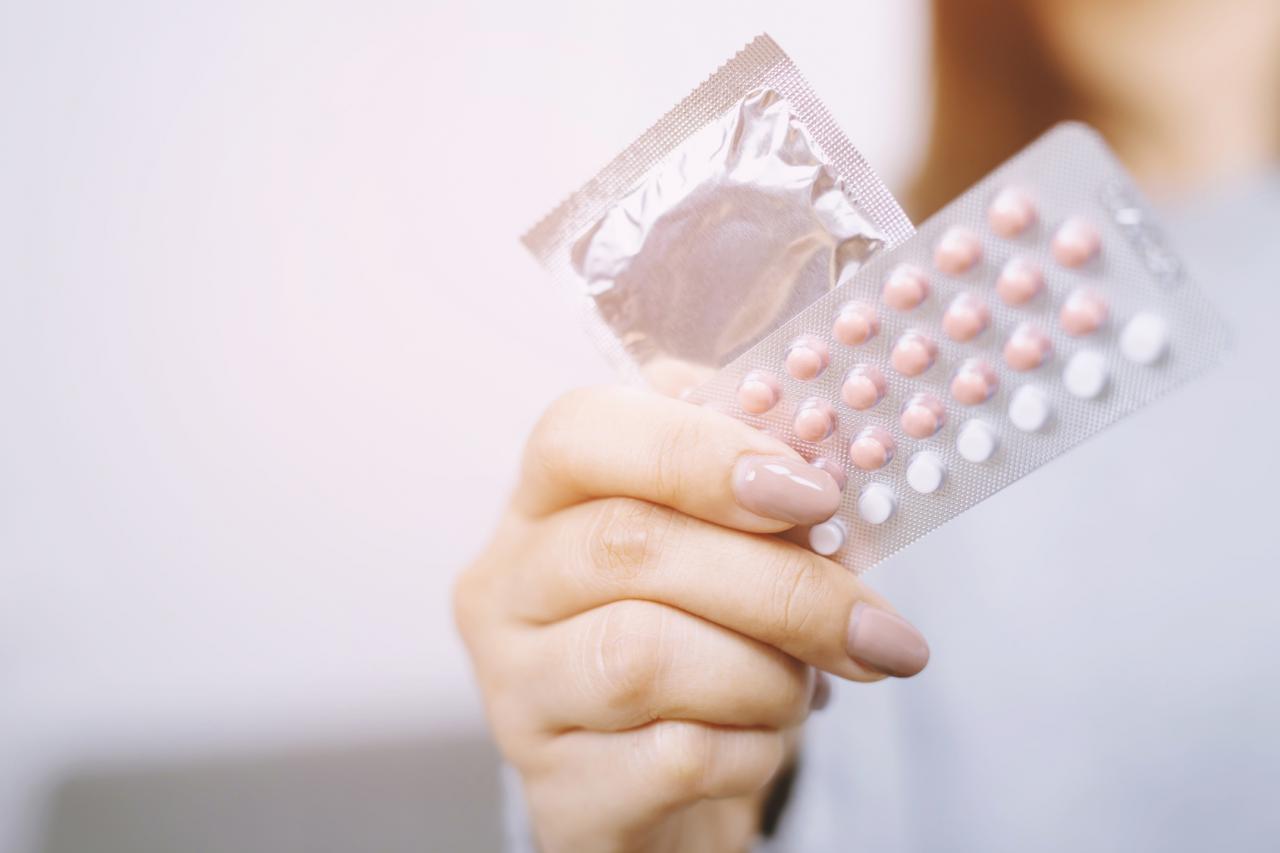 Photo: Getty Images
Photo: Getty Images
For many women, constant vaginal infections are the “bane of their existence” and it can feel like they no sooner gets over one vaginal infection that another one comes right along. A study published in “The Journal of Nutrition” tested 469 women--209 white and 260 black--in their first trimester of pregnancy to determine if their vitamin D levels affected their occurrence of bacterial vaginosis (BV).
The study results found that more than half the women had vitamin D levels under 37 nanomoles (nm) per liter. Adequate levels in the study were determined to be around 80 nm. Vitamin D levels in women that measured less than 50 nm had a 26 percent increased risk of vaginal infections and those who measured less than 20 nm had a 65 percent increased risk.
In addition, black women were almost three times more likely to have a vitamin D deficiency, which is thought to be related to darker skin blocking some of the absorption of vitamin D from the sun.
Vitamin D has gotten a lot of attention these days as research is showing that deficiencies have contributed to a variety of conditions such as chronic pain, fatigue, depression, bowel disturbances, cardiovascular disease, bone weakness and cancer. The medical community is currently in disagreement about how much vitamin D is needed a day but overall it is felt we are not getting enough.
What to do about your Vitamin D levels:
1. Discuss with your doctor your concern that low vitamin D may be contributing to your frequent vaginal infections or other problems you may have. Ask to have a baseline vitamin D level drawn. Make sure it is a 25-hydroxyvitamin D test, also called a 25(OH)D level, which is more accurate.
2. Vitamin D levels in the study were measure in nanomoles (nm) while lab results are often measured in nanograms (ng), which can be a bit confusing. Historically it was thought that a reading of 30 ng (about 75 nm) was adequate but current thinking is that vitamin D levels should probably be around 50-80 ng. If your levels are below 50 ng, ask about supplementation.
Oral vitamin D should be supplemented by taking vitamin D3. Vitamin D that is mixed with calcium supplements are not thought to be enough to boost vitamin D levels. Vitamin D can be gotten through 15 minutes of sun exposure a day but in winter that is an unreliable method and sun exposure for vitamin D deficiency is also under constant controversy due to skin cancer risk.
3. You may need to seek out the help of another professional whose field specializes in looking at how diet and supplementation effects body health especially if you have other conditions that are thought to be vitamin D related. Seeing a qualified practitioner such as a nutritionist, endocrinologist or natural practice doctor in your area are people to interview.
4. Make sure to recheck your vitamin D levels in six months after supplementation begins to see if your effort has made a difference.
Sources:
www.nytimes.com/2009/05/26/health/research/26nutr.html?ref=health
www.womentowomen.com/healthynutrition/vitamind.aspx
www.vitamindcouncil.org/
Michele is an R.N. freelance writer with a special interest in woman’s healthcare and quality of care issues. Other articles by Michele are at www.helium.com/users/487540/show_articles



Add a Comment4 Comments
Interesting. You are right. It does say it is to be used under medical supervision so one should contact their doctor first to see if he/she thinks it is appropriate for you.
September 17, 2010 - 1:57pmThis Comment
Replesta is sold by prescription only so Vit D levels would need to be monitored by a doctor. Other times oral Vit D can be taken using an over the counter product which is in much lower amounts.
However, it is a good idea for anyone to ask for their levels to be checked first so they know what their baseline is before starting supplementation. I hear from many people that their levels are low these days.
September 9, 2010 - 9:08amThis Comment
Replesta is a medical food and did not require a prescription
September 17, 2010 - 12:26pmThis Comment
my levels were really low and my doctor put me on a product called Replesta, a 50,000IU vitamin D3. It comes in orange-flavored chewable wafers.
September 9, 2010 - 8:34amThis Comment